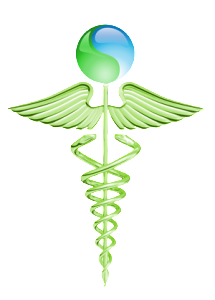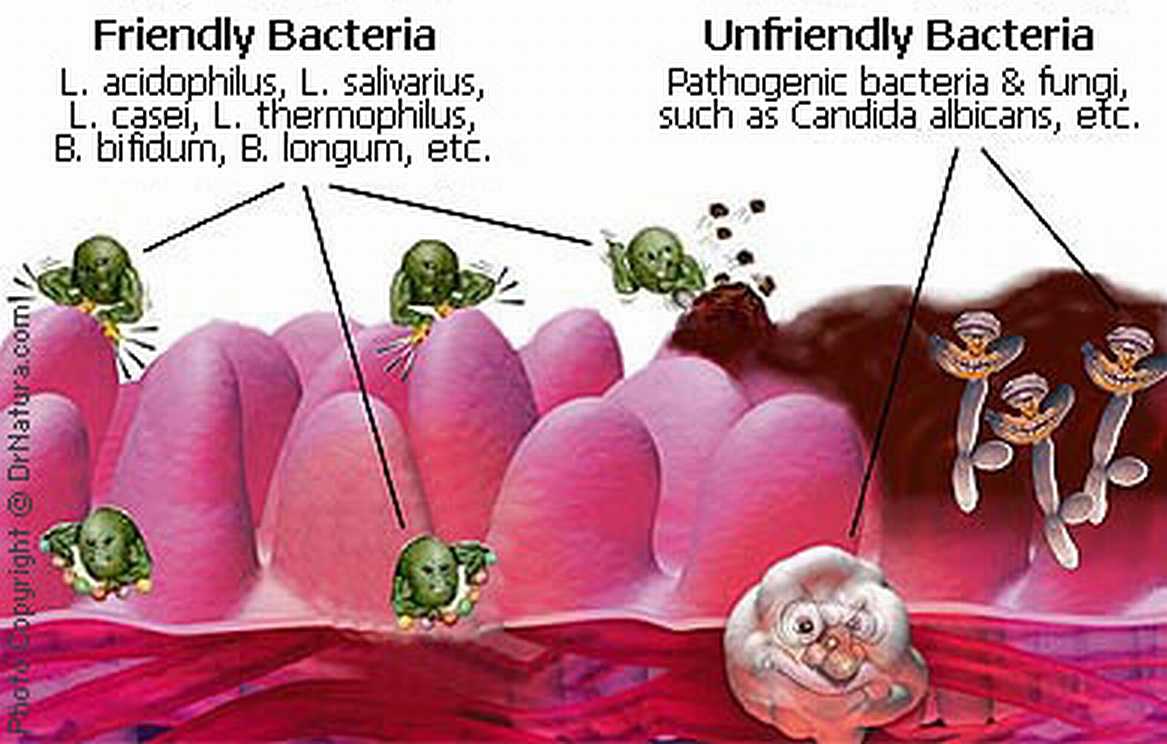
It’s disgusting but true, and it’s probably affecting your family right now:
A large majority of the American population is overweight and in declining health not because of overeating or a lack of exercise, but because they have parasites- worms!- living in their intestines and stomach. These disgusting creatures steal nutrition from the food you eat (so that your body never feels like it has had enough to eat) and they create a buildup of toxic plaque in your intestines.
You could go your entire life without ever realizing how much better you could feel, how much healthier you could be, and how much less you could weigh without these disgusting intruders ravaging your system. It’s vital that you be aware of the 10 human parasites that most commonly infect the population, so that you can learn to effectively and safely get rid of them.
10 Human Parasites
Protozoan: Protozoan are one-celled organisms that live in the blood, tissues and intestines. Although invisible to the naked eye, these parasites may remain active in the human body for an entire lifetime, causing tissue destruction and other complications. It’s estimated that as many as 7 million people across America are infected with with protozoa.
Flatworms (or flukes): Flatworms are the most common form of parasite found in humans. These commonly infect intestines and other tissues including the heart, lungs, liver and kidneys. Flukes can live within their human host for up to 20 years.
Tapeworms: Mature tapeworms grow in size up 33 feet within the gastrointestinal tract and can release as many as one million eggs per day. Tapeworms live inside their host for years, migrating throughout the boy and invading vital tissues and organs. Because tapeworms do not have digestive tracts, they “steal” nourishment from their host by absorbing partially digested substances. They hook their head into the intestinal wall and their “tails,” which consist almost entirely of reproductive organs, release eggs that hatch into larvae that can move through the bloodstream to other organs.
The Pork Tapeworm: This parasite is usually carried by undercooked pork. It causes cysticerosis as the larvae infect the eye and brain, causing lesions and tumors. It grows up to 18 feet and often lives within its’ human host for as many as 30 years before it reproduces.
The Fish Tapeworm: The fish tapeworm can grow up to 33 feet in length in the intestinal tract. It causes anemia, and water retention, as well as weight gain, as it makes the host uncontrollably hungry.
Hookworms: Symptoms of a hookworm infestation include diarrhea, anemia, and abdominal pain. Hookworm larvae are especially communicable, as they can penetrate human skin. They travel to the lungs and intestines, and attach themselves to the walls of the small intestine. It is estimated that over 225 million persons are infected with hookworm.
Cryptosporidium Parvum: This parasite (commonly known as “Crypto”) can spread on any food touched by a contaminated handler, but is most commonly spread through water. There is no known effective drug for the treatment of cryptosporidiosis, a diarrheal disease caused by this parasite.
Roundworms: Roundworms are most often found in the surface layers of soils. Roundworm infections are common and frequently go unnoticed unless they reproduce in large numbers and cause serious obstruction and damage to the intestinal tract. When they cause problems, the host is often struck violently ill with nausea, vomiting, diarrhea, and severe abdominal pain that is said to resemble appendicitis.
Whipworms: Whipworms are small, thin worms that live in the large intestine. They inject their digestive fluid into host tissue. The tissue liquefies, and the whipworms then ingest the tissue. The process can cause bloody diarrhea, anemia, nausea, and other serious health complications.
Pinworms: Pinworms are the most common parasite in America and Europe. They usually cause digestive complications and an itchy anus. They live in the colon, but frequently (and literally) “come out” at night to lay their eggs on bedclothes. They are extremely communicable and their eggs can become airborne and live without a host for up to 2 days.
What Can I Do To Get Rid Of These 10 Human Parasites? It can be very difficult to get rid of parasites, simply because the drugs that are used to treat them usually target only one particular type of parasite and one area of the body. If a parasite detects that it’s “under attack,” it simply moves from the area being treated to one that is not.

Source by Stephanie Ashley
 Vitamin Agent The Health & Naturalistic Source
Vitamin Agent The Health & Naturalistic Source





